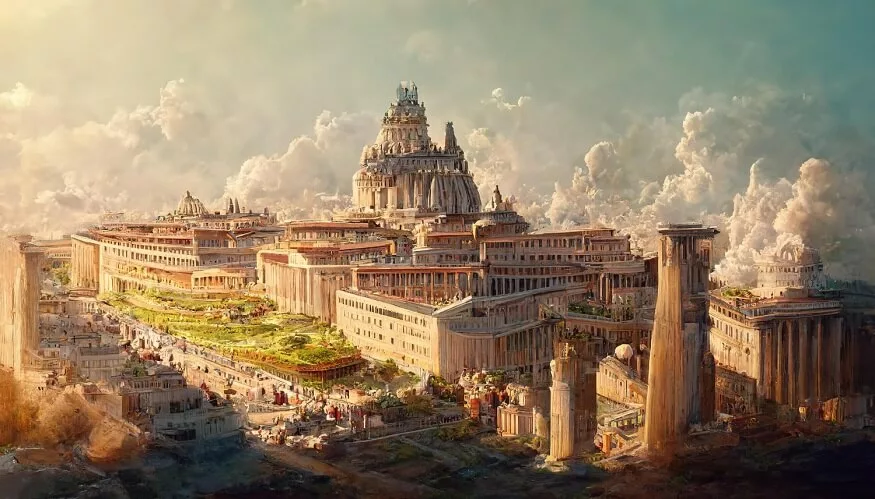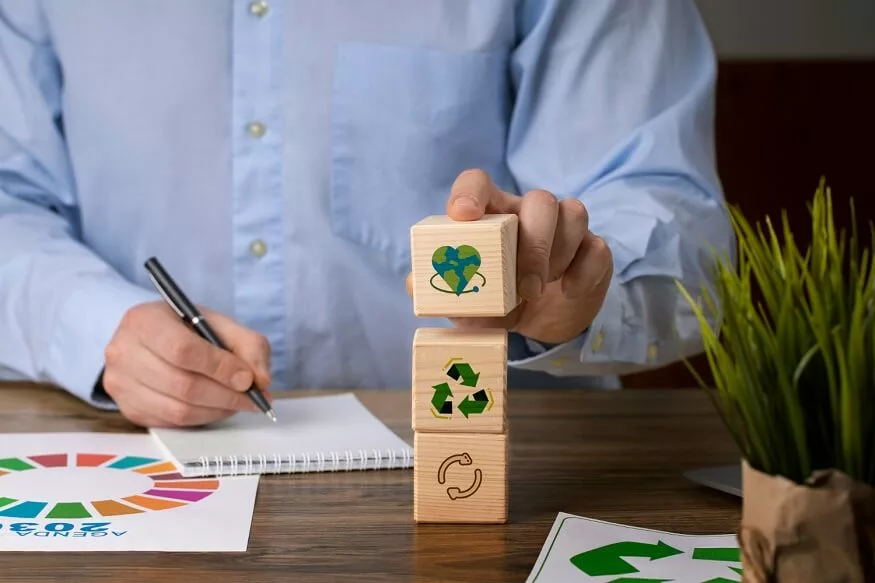Understanding the economy is one of the key tenets of general awareness in children. We cannot leave this aspect for it to be introduced during economics classes in school. Children should be oriented towards the basic structure of micro and macroeconomics that concerns us as common citizens. They should be able to decipher how a country’s economy is performing and why certain policy decisions are taken the way they are. It is not easy to explain the economy to kids. This is where we need ways to make it palatable for children.
This blog offers strategies to explain the economy to children in a simple, engaging, and understandable way.
How to define the Economy or Economics?
The first hurdle we need to power through is to explain to them what we mean by economy or economics. The easiest explanation for this could be:
The word Economics is derived from the Greek word ‘Oikonomia’, which means ‘household management’.
In a household, parents manage the budget just like running a small economy. They decide how much to spend on education, food, clothes, entertainment, and other extras based on their income. Therein lies the make-or-buy decisions such as, should we cook dinner at home today or order from outside? Similar decisions are taken by parents on the usage of other household resources such as ‘time’. What is the right balance between studying, playtime, and TV? Parents also explore ways to boost income, like taking on new jobs, investing, or leveraging property.
Once children understand this basic concept, the analogy can be extended to a company, city, state, country, or even the world as a household and how like parents, the respective governments or leaders make these decisions.
Also Read: The Role of Education in addressing social and economic inequalities
Factors Affecting the Economy
The next step for children in understanding the economy is to delve into factors that influence an economy.
- Availability of resources: Availability of resources could be a significant determinant of the health of an economy. Resources can come in various forms such as capital, skilled labour, minerals, or productive land. For instance, a robust pool of skilled workers can greatly benefit an economy, enabling it to create top-notch products and services for the global market. This is well illustrated by the success of India’s information technology services industry. Another example of a key resource could be the oil reserves in the Middle Eastern countries that act as the key driver of their economy.
- Political and Social climate: The political and social climate of an economy can have a significant influence on the health and functioning of an economy. An unstable political climate can discourage investment in an economy thus limiting the growth prospects. A stable and enabling political climate can encourage investors and businesses to grow which contributes to the overall growth of the economy. The social climate in the form of societal values and tenets of social justice also holds significant sway on the functioning of economies. Social injustice such as discrimination, injustice, and oppression are bound to harm the health and functioning of an economy.
- Technology Adoption: In today’s digital age, economies like the USA and China lead in using technology to progress, while countries like India, Japan, Vietnam, and Israel are catching up on technology advancements. Technology boosts our productivity through tools like automation, robotics, AI, and IoT that build and expand massive systems. A simple metric of smartphone and internet adoption can indicate the scale at which services can be produced and delivered within and outside the economy.
Also Read: Macroeconomics vs Microeconomics: Similarities and Differences
Indicators of an Economy
The next step for children to fathom is how to measure an economy, or what metrics indicate the health and functioning of an economy.
- GDP: GDP or Gross Domestic Product is one of the key determinants of the size of an economy. Another related inclusive metric is the GDP per capita which takes into consideration the GDP divided by the population generating that GDP. It indicates how productive and effective the population is, how effectively are human resources being utilised and how is the wealth distributed within an economy. The top economies in the world as of 2023 are as follows India recently overtook the United Kingdom to become the 5th largest economy.
- GDP Growth Rate: Apart from an economy’s size, its growth rate is crucial. India currently holds the title of the fastest-growing major economy globally.
- Savings Interest Rates: Think of these like the interest rates you earn by saving money in a bank. Higher rates encourage more saving, which might lead to less spending as people opt to keep more money in their accounts. The more people keep in their bank accounts, the more the banks are encouraged to lend to businesses which drives growth.
- Inflation: One of the most significant consumer metrics of an economy is inflation. Inflation indicates the stability (or instability) of prices of basic commodities in an economy. High levels of inflation mean higher fluctuation in prices which might lead to high prices, thus low spending which hampers growth. Managing the balance between inflation and growth is one of the key jobs of monetary policy formulation.
- Income and Employment: Higher income and employment can lead to higher spending which fuels consumption and growth of economies. This circular effect means employment will further create more employment in an economy.
An economy is considered stable when the GDP is rising steadily, inflation is low, spending matches savings, employment rates are increasing, and GDP per person is on the rise. However, during economic downturns or recessions, inflation may soar, unemployment can spike, consumer spending drops, and the GDP experiences sustained decline. While most of the economies, post Covid went through an economic slowdown, the Indian economy has outgrown most of the world economies and continues to stay robust and full of potential.
Also Read: Macroeconomics facts for kids
At EuroSchool, we lay a strong emphasis on economics education. Our curriculum covers microeconomics, macroeconomics, international economics, and economic theory.
To delve deeper into EuroSchool’s approach, visit the official EuroSchool or contact the institution directly to discover our economics curriculum and specific programs.










